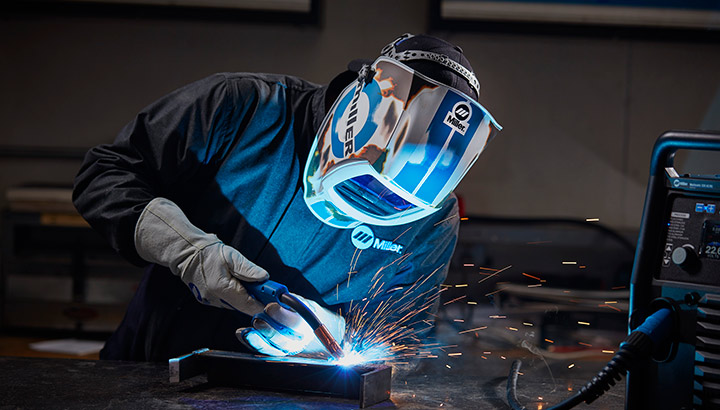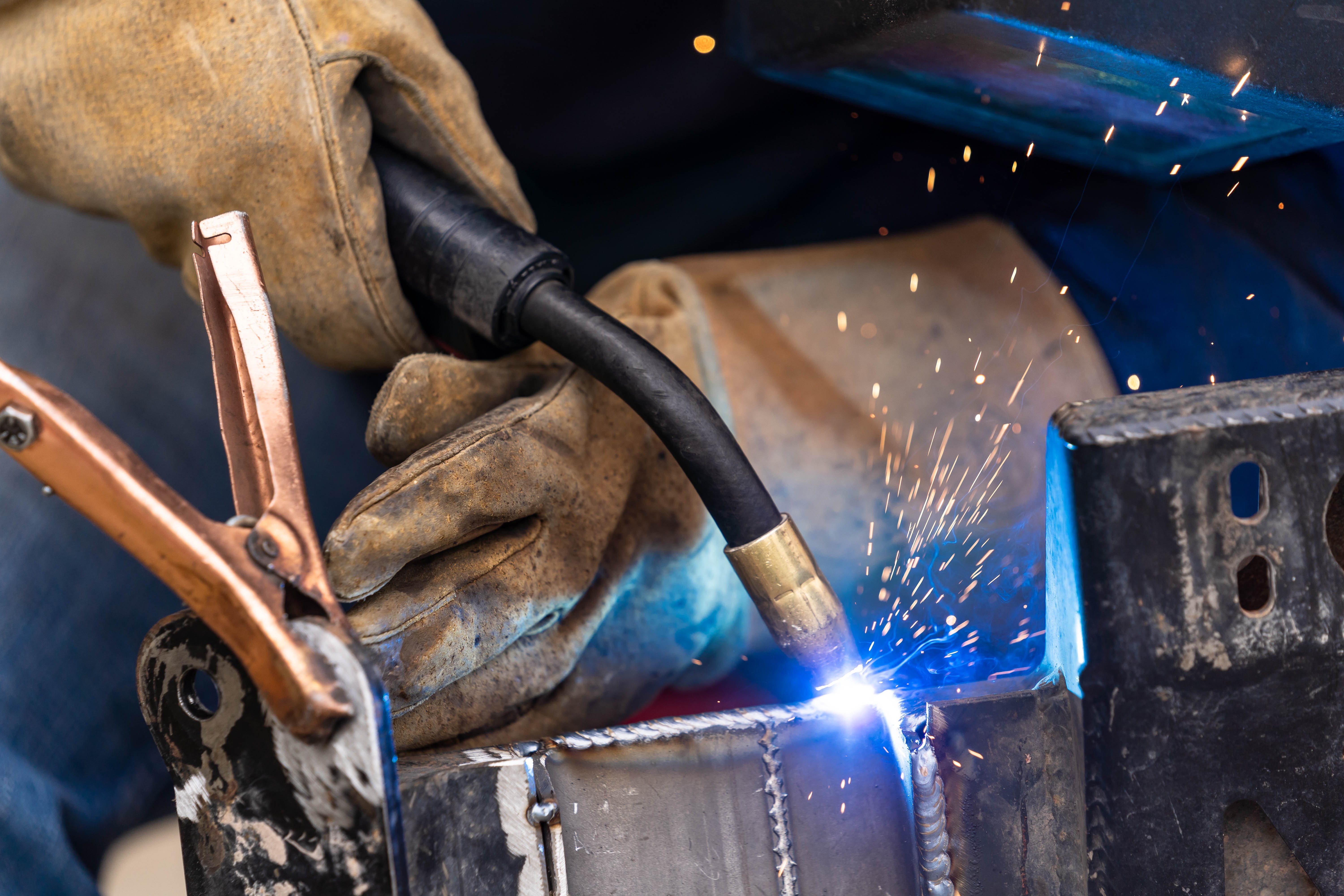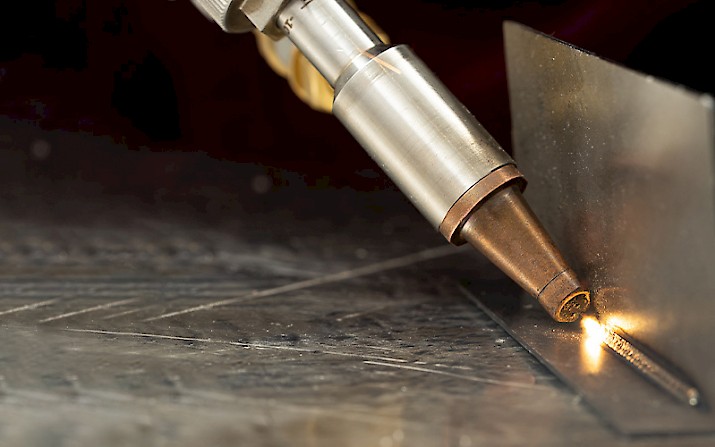Developing a Welding WPS: Step-by-Step Directions for Professionals
Developing a Welding WPS: Step-by-Step Directions for Professionals
Blog Article
The Ultimate Overview to Welding WPS Procedures: A Thorough Review for Welders
In the intricate globe of welding, Welding Procedure Specs (WPS) serve as the backbone of making certain high quality, consistency, and safety and security in welding operations (welding WPS). As we delve right into the various parts of a WPS and discover the ins and outs of qualification and qualification, we will discover the crucial role these procedures play in the world of welding.
Significance of WPS Procedures
Understanding the value of Welding Procedure Specs (WPS) procedures is essential for making sure the quality and stability of welded frameworks. WPS procedures work as a roadmap for welders, detailing the essential steps, criteria, and products required to achieve an audio weld. By sticking to WPS standards, welders can ensure consistency in their work, resulting in structurally sound and dependable welds.
One of the key reasons why WPS treatments are important is their function in preserving weld top quality and stability. Adhering to the specified welding specifications and techniques detailed in the WPS helps stop defects such as porosity, cracking, or incomplete blend, which can compromise the toughness and toughness of the weld. Furthermore, WPS treatments are vital for making sure conformity with sector criteria and codes. By adhering to well-known WPS guidelines, welders can demonstrate that their job meets the essential demands for safety and security and high quality, offering guarantee to customers, inspectors, and regulative bodies. Essentially, the relevance of WPS treatments can not be overstated, as they are essential to attaining constant, top notch welds that satisfy market criteria and specifications.

Elements of a WPS
A Welding Procedure Requirements (WPS) commonly makes up essential elements that detail the particular requirements for implementing a weld, ensuring consistency and top quality in the welding procedure. The crucial components of a WPS consist of crucial variables such as base steels, filler metals, preheat and interpass temperature levels, welding procedures, shielding gases, welding settings, and post-weld warmth treatment requirements.
Base metals refer to the products being joined, while filler steels are made use of to fill up the space between the base steels during welding. Preheat and interpass temperature levels are crucial for controlling the heat input and preventing concerns like breaking or distortion. The welding process outlines the certain strategy to be utilized, whether it's gas metal arc welding (GMAW), secured steel arc welding (SMAW), or an additional technique. Protecting gases shield the weld swimming pool from climatic contamination. Welding positions specify the positionings in which welding can be carried out. Post-weld heat treatment may be necessary to ease stresses and improve the weld's buildings. A thorough understanding of these elements is important for producing a reliable and thorough WPS.

Credentials and Qualification
Having developed the essential parts of a Welding Treatment Requirements (WPS), the emphasis now changes towards the critical facets of certification find out this here and accreditation in welding practices.

Accreditation, on the various other hand, is the official recognition of a welder's qualifications by an appropriate certification body or organization. Welding accreditations are generally based on the details welding processes, materials, helpful hints and positions a welder is qualified to function with. Holding a valid welding certification demonstrates that a welder fulfills sector requirements and is qualified to carry out welding jobs to the called for specs.
Creating a WPS
To create a Welding Procedure Requirements (WPS) that satisfies market requirements, careful factor to consider of welding procedures, products, and operational criteria is essential. The initial step in creating a WPS is to identify the welding procedure to be made use of, such as gas metal arc welding (GMAW) or secured metal arc welding (SMAW)

Executing and Checking WPS
Upon finalizing the extensive Welding Procedure Spec (WPS) that diligently details welding procedures, products, functional parameters, and high quality assurance steps, the focus shifts to successfully applying and checking the well established treatments. Implementation involves ensuring that all welders associated with the job know with the WPS and follow it diligently during the welding procedure. This requires providing appropriate training and guidance to guarantee adherence to the specified treatments. Checking the WPS entails continuous oversight to verify that welding tasks straighten with the documented requirements. Assessments, testing, and top quality control procedures are vital elements of the monitoring process to Bonuses identify any kind of issues or inconsistencies quickly. Routine audits and evaluations of the welding procedures aid in keeping consistency and top quality throughout the job. Reliable implementation and monitoring of the WPS are vital for ensuring the integrity, strength, and safety and security of the bonded joints, ultimately contributing to the total success of the welding task.
Final Thought
Finally, understanding and adhering to Welding Procedure Specs (WPS) is vital for welders to ensure high quality, uniformity, and safety and security in their job. By knowing the parts of a WPS, acquiring appropriate credentials and certifications, producing comprehensive procedures, and carrying out and checking them efficiently, welders can enhance their abilities and proficiency in welding techniques. Sticking to WPS procedures is vital for generating top notch welds and conference sector standards.
In the elaborate world of welding, Welding Procedure Specifications (WPS) serve as the foundation of guaranteeing high quality, consistency, and safety and security in welding procedures. The welding procedure details the details strategy to be made use of, whether it's gas metal arc welding (GMAW), shielded metal arc welding (SMAW), or an additional approach.To create a Welding Treatment Spec (WPS) that fulfills sector criteria, careful consideration of welding processes, products, and operational specifications is crucial. The first action in producing a WPS is to determine the welding process to be used, such as gas metal arc welding (GMAW) or protected metal arc welding (SMAW)Upon finalizing the thorough Welding Treatment Spec (WPS) that thoroughly information welding procedures, materials, operational parameters, and quality assurance measures, the emphasis shifts to efficiently implementing and keeping track of the established treatments.
Report this page